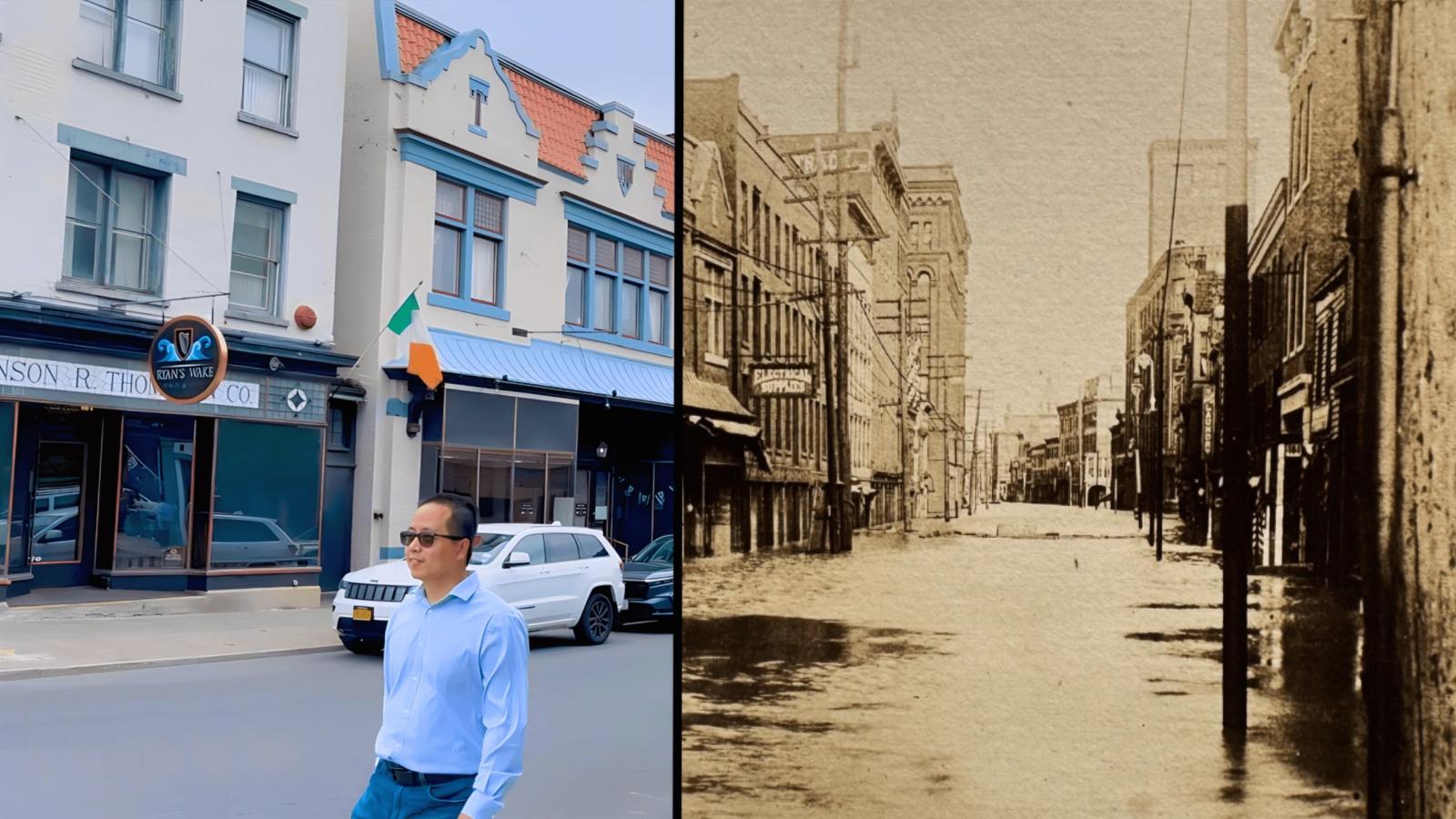2025-07-07 中国科学院(CAS)

Optical images of the surveyed area (A) oblique photography (B) top view with information annotated. (Image by AIR)
<関連情報>
- https://english.cas.cn/newsroom/research_news/infotech/202507/t20250707_1046963.shtml
- https://spj.science.org/doi/10.34133/remotesensing.0583
都市部における幾何学的意味拡張TomoSAR再構成アルゴリズム: 解析と応用 A Geometric Semantic Enhanced TomoSAR Reconstruction Algorithm in an Urban Area: Analysis and Application
Chunyi Wang, Qiancheng Yan, Xiaolan Qiu, Yitong Luo, […] , and Zhe Zhang
Journal of Remote Sensing Published:23 Jun 2025
DOI:https://doi.org/10.34133/remotesensing.0583
Abstract
Tomographic synthetic aperture radar (TomoSAR) has the ability to separate mixed scatterers, making it highly suitable for urban 3-dimensional (3D) reconstruction. However, Urban TomoSAR imaging still faces challenges such as resolution limitations, multipath effects, the uncertainty on the flight track, and registration errors, resulting in sparse point clouds with holes and low accuracy. In this paper, we propose a Geometric Semantic Enhanced TomoSAR Reconstruction Algorithm (Geo-SETRA) for urban area. Geo-SETRA integrates geometric structures, extracted from TomoSAR point clouds, as prior distributions for elevation estimation using Bayesian methods. We first construct a sparse optimization model based on both compressed sensing and maximum a posteriori estimation, and also give its solution. Further, the Cramér–Rao lower bound of this algorithm is derived to theoretically illustrate how it improves imaging accuracy. Both simulated data and real-data experiments prove that our method is feasible and effective in urban 3D reconstruction. As a result, our method successfully produced a dense and realistic 3D scattering model for urban areas with minimal postprocessing, preserving detailed geometric structures and retaining over 80% of the points in the final model.



